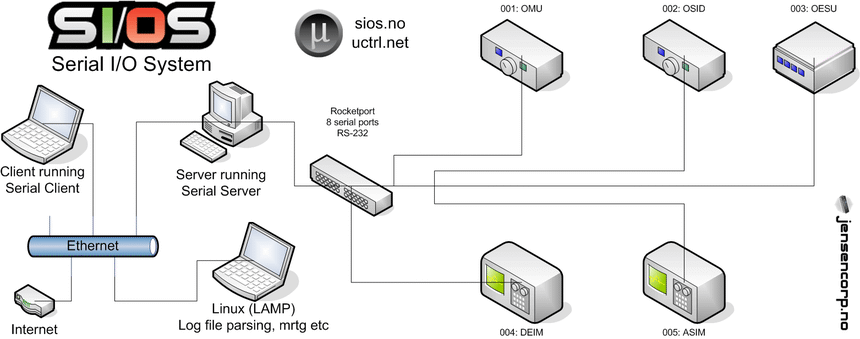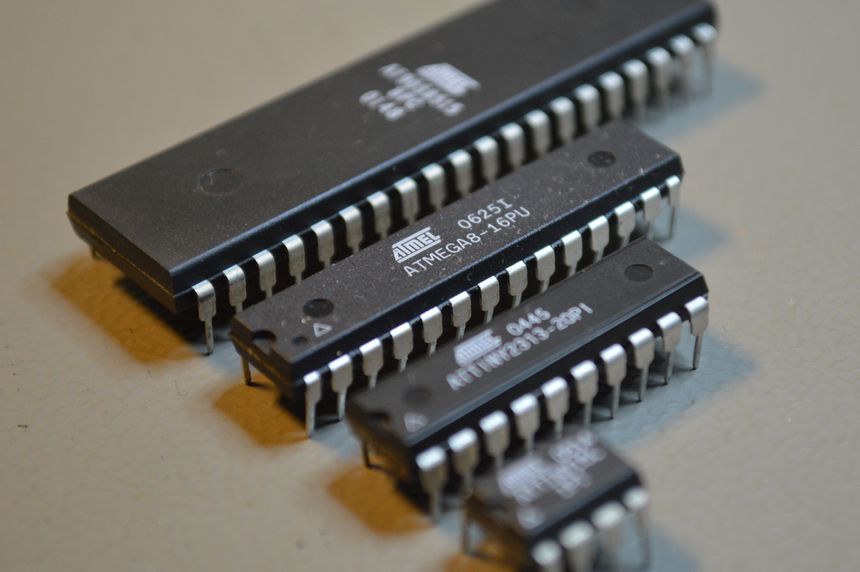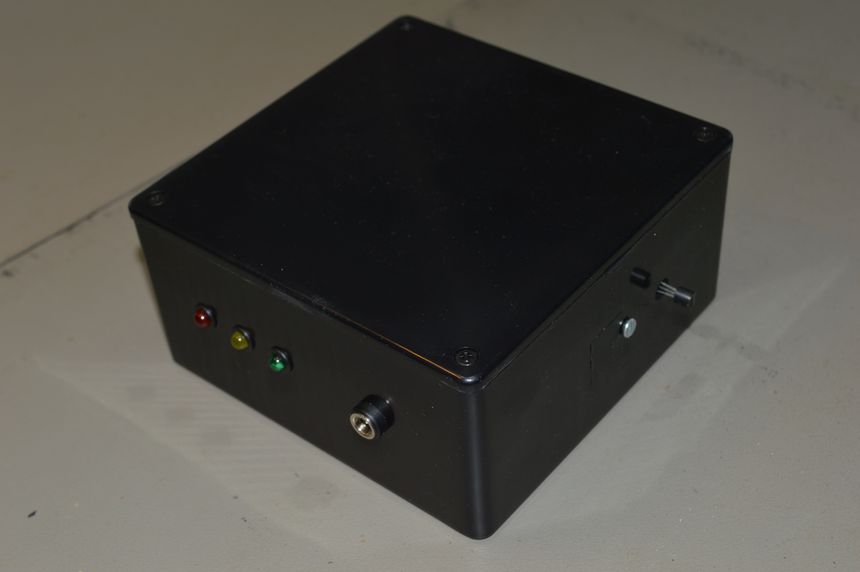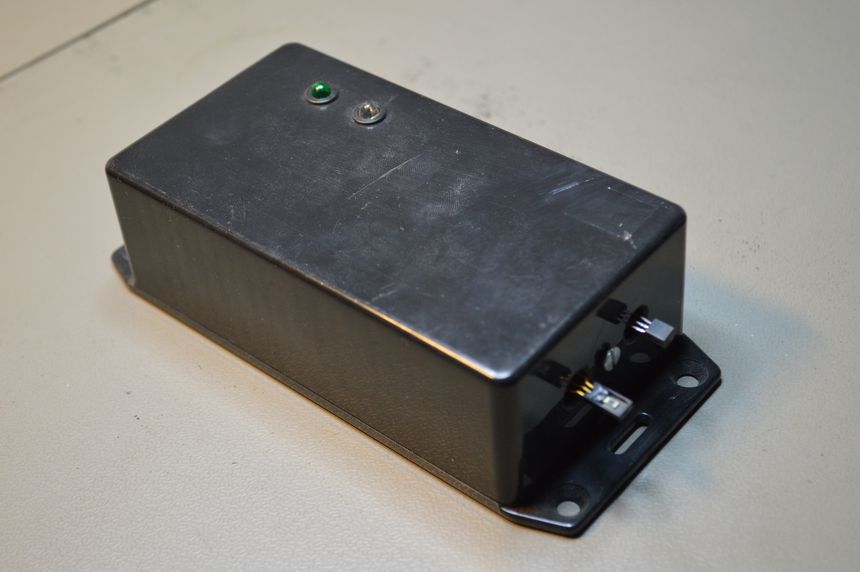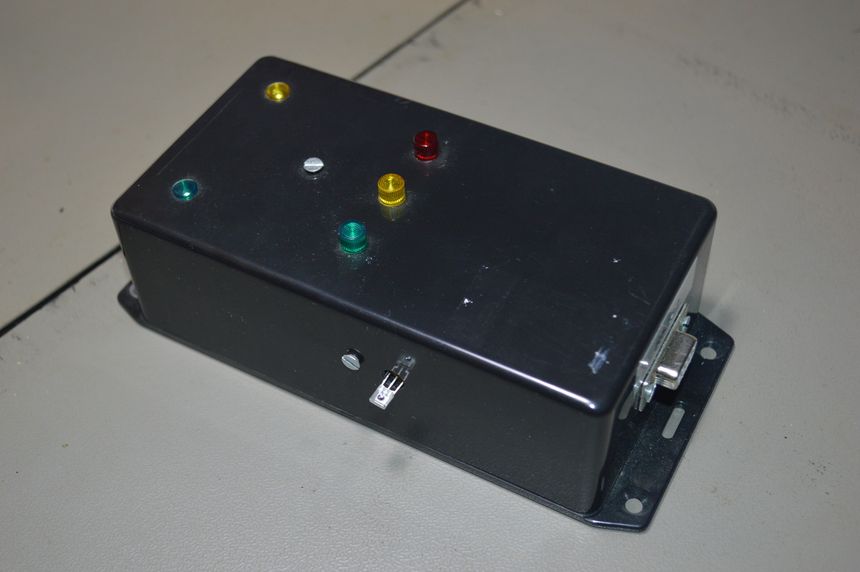When I first started making AVR modules, there was no Raspberry Pi or ESP8266. Arduino was introduced in 2005, the same year I started with the AVR microcontroller. But I didn’t know of it until many years later.
There weren’t any Wi-Fi enabled microcontrollers at that time. Both Ethernet and Bluetooth interfaces were more expensive, and harder to interface. So I ended up using the good old serial port.
I made my first module with a serial interface in 2007. RS-232 was cheap, and easy to implement.
With RS-232 I got a way of getting data between the microcontrollers and the computer, but I still needed a defined syntax. So I set out to make one, and called it SIOS — Serial Input/Output System.
